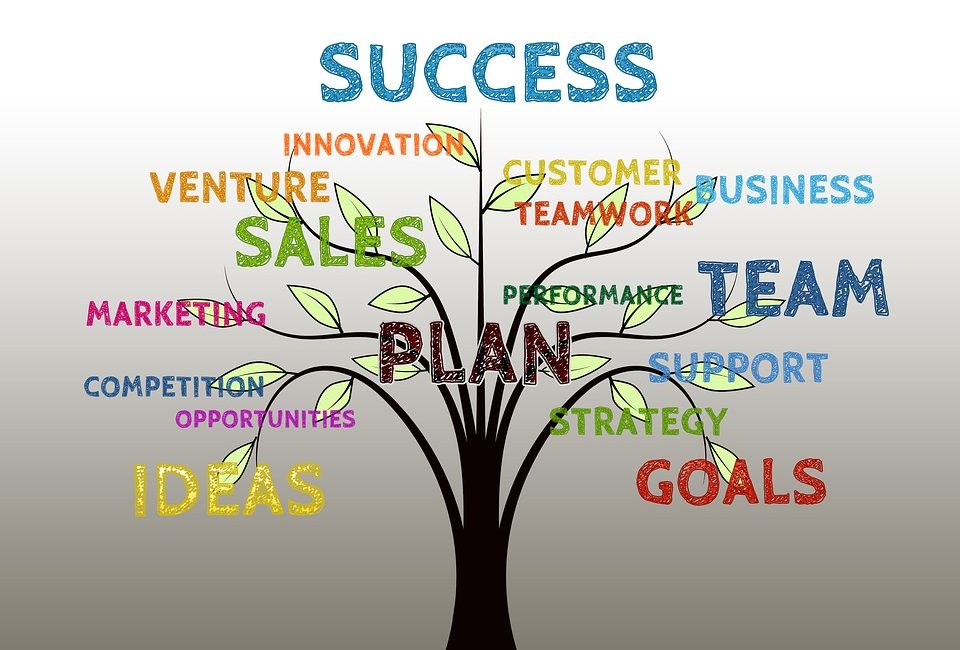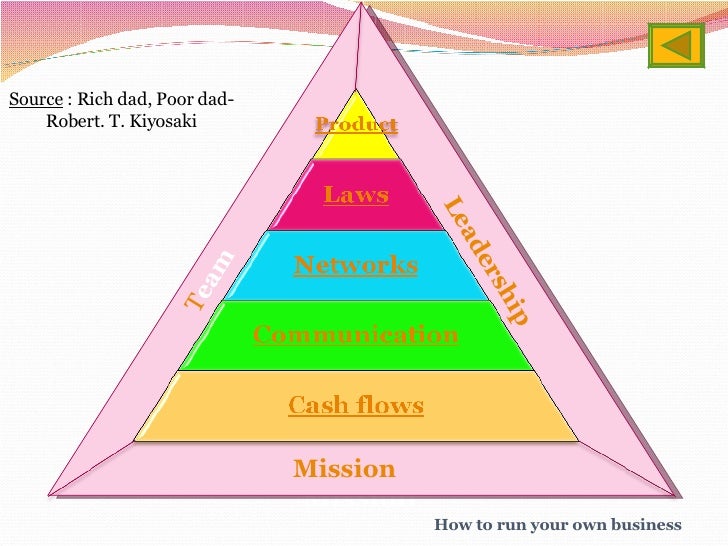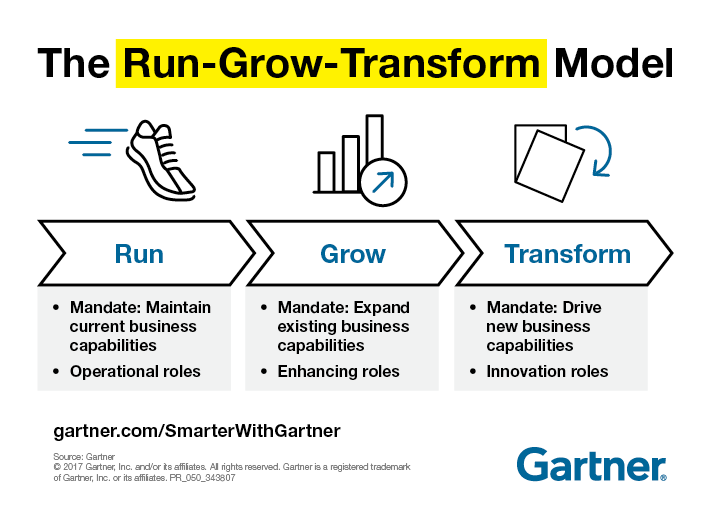What Does It Take To Run A Company

Steering a company, regardless of its size or industry, is a complex undertaking demanding a multifaceted skillset and unwavering dedication. From nascent startups to established corporations, the path to successful leadership requires navigating a constantly evolving landscape of challenges and opportunities.
This article delves into the core competencies and strategic considerations essential for effectively running a company. We'll examine the key areas of leadership, financial management, operational efficiency, and strategic vision, drawing on insights from industry experts and organizational data.
Leadership: Setting the Tone and Vision
Effective leadership sits at the heart of any successful company. It's not just about giving orders; it’s about inspiring a shared vision and fostering a culture of collaboration and accountability.
A strong leader must be able to clearly articulate the company's mission and values, motivating employees to work towards common goals. According to a 2023 study by Gallup, companies with engaged employees see a 23% higher profitability.
Leadership also entails making tough decisions, managing conflicts, and providing constructive feedback. Building trust and open communication channels are paramount.
Financial Acumen: Managing the Bottom Line
Sound financial management is crucial for a company's survival and growth. This encompasses budgeting, forecasting, and ensuring profitability.
Understanding key financial metrics like revenue, expenses, and cash flow is essential for making informed decisions. Leaders must be adept at analyzing financial statements and identifying areas for improvement.
Effective risk management is also paramount, ensuring the company is prepared for potential economic downturns or unforeseen challenges. "Cash is king," a saying often repeated by seasoned entrepreneurs, underscores the importance of maintaining a healthy financial position.
Operational Efficiency: Optimizing Processes
Efficient operations translate to lower costs, higher productivity, and improved customer satisfaction. Streamlining processes and eliminating waste are key to achieving operational excellence.
Technology plays a significant role in optimizing operations, from automating tasks to improving communication and collaboration. Investing in the right technologies can significantly boost efficiency.
Continuous improvement is essential. Regularly evaluating processes and seeking ways to enhance them is a hallmark of successful companies.
Strategic Vision: Planning for the Future
A clear strategic vision is essential for long-term success. This involves identifying market trends, understanding competitive landscapes, and developing a roadmap for future growth.
Leaders must be able to anticipate changes in the industry and adapt their strategies accordingly. This often requires taking calculated risks and embracing innovation.
Successful companies consistently invest in research and development, exploring new opportunities and staying ahead of the curve. As Peter Drucker, a renowned management consultant, famously said:
"The best way to predict the future is to create it."
The Human Element: Employees as Assets
While financial statements and operational efficiency are critical, a company's employees are its most valuable asset. Creating a positive and supportive work environment is essential for attracting and retaining talent.
Investing in employee training and development is crucial for ensuring that employees have the skills and knowledge they need to succeed. Providing opportunities for growth and advancement can significantly boost morale and productivity.
Recognizing and rewarding employees for their contributions is also essential for fostering a culture of appreciation and loyalty. A recent survey by Society for Human Resource Management (SHRM) indicated that companies with strong employee recognition programs have lower turnover rates.
Conclusion
Running a company is a challenging but ultimately rewarding endeavor. It requires a unique blend of leadership skills, financial acumen, operational expertise, and strategic vision. By focusing on these key areas and prioritizing employees, leaders can navigate the complexities of the business world and build successful, sustainable organizations.
Ultimately, the success of any company depends on the ability of its leadership to create a clear vision, foster a positive culture, and adapt to the ever-changing needs of the market.








![What Does It Take To Run A Company The Plain-English Guide to Revenue Run Rate [Infographic]](https://blog.hubspot.com/hubfs/what-is-run-rate-jpg.jpeg)


![What Does It Take To Run A Company The Plain-English Guide to Revenue Run Rate [Infographic]](https://www.hubspot.com/hubfs/run-rate-formula-run-rate-png.png)



![What Does It Take To Run A Company What is revenue run rate? [+ Run rate formula]](https://www.profitwell.com/hs-fs/hubfs/blob-257.png?width=1200&name=blob-257.png)


